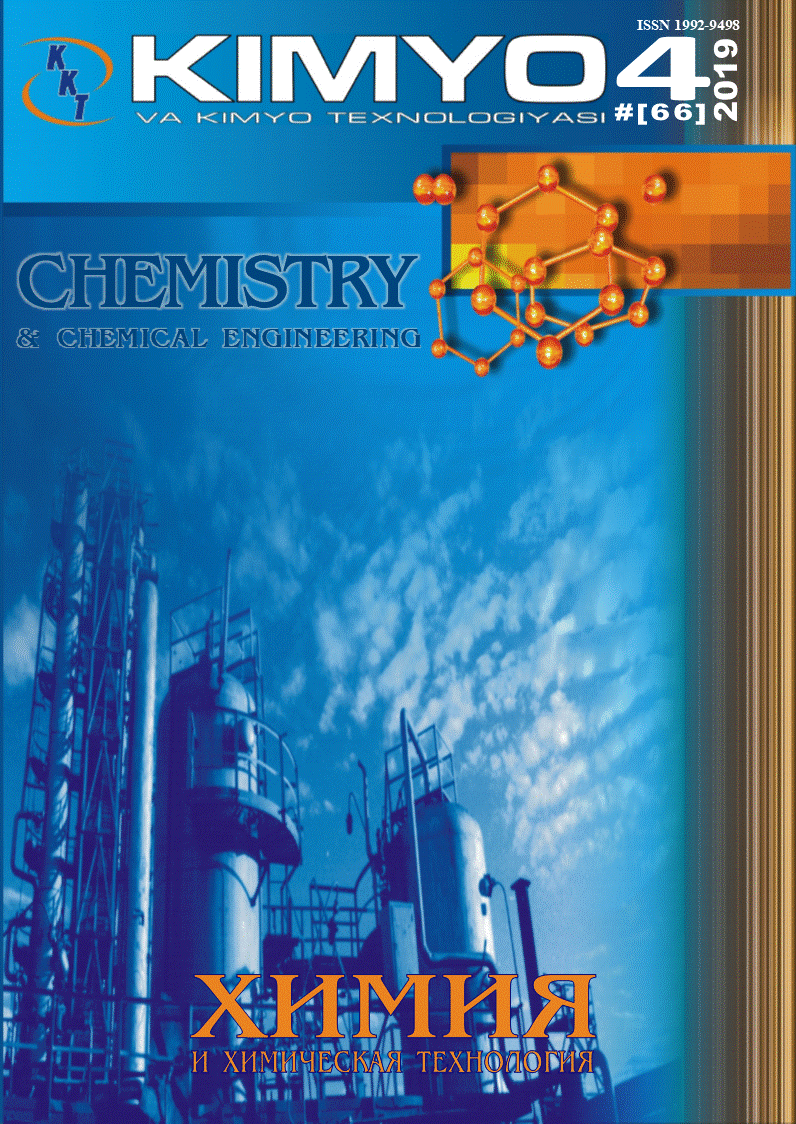
DOI
10.51348/cce202142
Abstract
The aim of this work is to study the effect of the nature of electron-donor and electron-withdrawing substituents in the molecules of heterocyclic ligands, the nature of acidoligands and transition metal ions on the properties of the synthesized coordination compounds. A method for the synthesis of new complex compounds of Mn (II), Cо (II), Cu (II) and Zn with 5-amino-2-mercaptobenzimidazole has been developed and the composition and structure of the synthesized complex compounds have been studied using modern physicochemical methods, such as elemental, thermogravimetric, X-ray phase analysis and IR spectroscopy. Coordination competing donor centers, electronic and geometric structures of the ligand molecule were studied using quantum-chemical calculations in the Gaussian09 LanL2DZ software package. It was shown that during the formation of a metal complex, the ligand 5-amino-2-mercaptobenzimidazole is coordinated through the localized nitrogen atom of the imidazole ring.
Recommended Citation
GAPUROVA, Lobar; RAKHMONOVA, Dilnoza; and KADIROVA, Shakhnoza
(2022)
"SYNTHESIS AND SPECTROSCOPIC STUDY OF COMPLEX COMPOUNDS Mn(II), Co(II), Cu(II) AND Zn WITH 5-AMINO-2-MERCAPTOBENZIMIDAZOLE,"
CHEMISTRY AND CHEMICAL ENGINEERING: Vol. 2021:
No.
4, Article 3.
DOI: 10.51348/cce202142
Available at:
https://cce.researchcommons.org/journal/vol2021/iss4/3
